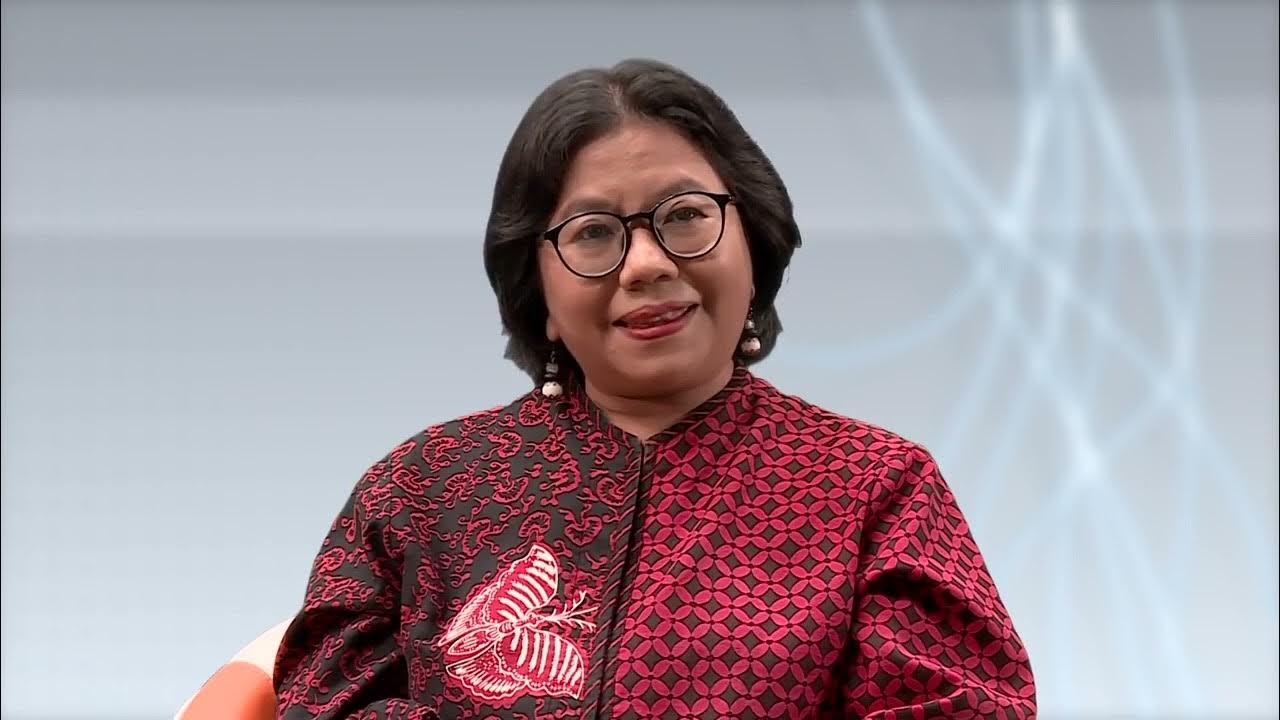MENGENAL PEMBELAJARAN DIFERENSIASI | Strategi Pembelajaran Berdiferensiasi
Summary
TLDRIn this training session on differentiated instruction, the speaker introduces three key strategies to meet students' diverse needs: content differentiation, process differentiation, and product differentiation. Teachers are encouraged to tailor content based on students' readiness and learning styles, adjust processes with flexible groupings and tiered activities, and offer varied products that allow students to demonstrate their understanding in different ways. These strategies are designed to engage all students, ensuring they can access the learning materials and succeed in their own unique ways.
Takeaways
- 😀 Differentiated learning strategies are essential to meet the varied needs of students in the classroom.
- 😀 The session focuses on three main strategies for differentiated instruction: content, process, and product.
- 😀 Differentiated content refers to the different ways material can be presented to students, using various media (e.g., text, video, audio).
- 😀 Content differentiation can be based on students' learning readiness, such as concrete vs. abstract understanding.
- 😀 Differentiated processes involve how students engage with and understand the material, using flexible grouping, guiding questions, and tiered activities.
- 😀 A key strategy for process differentiation includes using step-by-step activities that cater to students’ different comprehension levels.
- 😀 Differentiated processes also involve hands-on activities like project-based learning and teacher demonstrations.
- 😀 Differentiated products allow students to express their learning in ways that align with their strengths, such as through writing, video, or art.
- 😀 In product differentiation, the focus is on ensuring the final product demonstrates mastery of learning objectives.
- 😀 Effective differentiation involves giving students choices in how they present their work, fostering creativity and engagement.
- 😀 The goal of differentiated instruction is to ensure that all students are supported and challenged appropriately, facilitating their success in the learning process.
Q & A
What is the main focus of this session on differentiated learning?
-The main focus of the session is to explore strategies for differentiated learning, specifically how to meet the diverse needs of students through differentiated content, processes, and products.
What are the three main strategies for differentiated learning discussed in the session?
-The three main strategies discussed are: Differentiating Content, Differentiating Process, and Differentiating Products.
How is content differentiated in a classroom setting?
-Content is differentiated by using various media and materials, such as text, audio, and video, and by tailoring it to students' readiness and learning profiles, for example, using concrete or abstract methods depending on the students' level of understanding.
What is the role of student readiness in differentiating content?
-Student readiness refers to the level of understanding students have. For example, some students may be ready for more abstract concepts, while others may need concrete examples to grasp the material.
What are learning profiles, and how do they influence differentiated content?
-Learning profiles are the preferred learning styles of students, such as visual or kinesthetic learning. Differentiating content based on these profiles ensures that the material is accessible and engaging for all students.
How can teachers differentiate the process of learning in the classroom?
-Teachers can differentiate the process by using tiered activities, guided questions to provoke deeper thinking, flexible grouping based on student strengths, and project-based learning or demonstrations to provide practical engagement with the content.
What is meant by 'tiered activities' in differentiated learning?
-'Tiered activities' refer to activities that are structured at different levels of difficulty, so that students with varying abilities can engage with the material in a way that matches their understanding and challenges them appropriately.
How does flexible grouping contribute to differentiated learning?
-Flexible grouping allows teachers to group students based on their abilities, ensuring that the activities and tasks are suited to each group's specific needs, fostering better learning outcomes.
What is the purpose of differentiated products in the learning process?
-Differentiated products give students the opportunity to demonstrate their understanding of the material in a way that aligns with their interests and strengths, such as through essays, videos, or other creative formats.
How do student interests play a role in differentiated products?
-Student interests influence the way students create their products. For instance, a student interested in sports may write an essay on sports, while a student interested in art may choose to express their learning through a creative visual project.
Outlines

هذا القسم متوفر فقط للمشتركين. يرجى الترقية للوصول إلى هذه الميزة.
قم بالترقية الآنMindmap

هذا القسم متوفر فقط للمشتركين. يرجى الترقية للوصول إلى هذه الميزة.
قم بالترقية الآنKeywords

هذا القسم متوفر فقط للمشتركين. يرجى الترقية للوصول إلى هذه الميزة.
قم بالترقية الآنHighlights

هذا القسم متوفر فقط للمشتركين. يرجى الترقية للوصول إلى هذه الميزة.
قم بالترقية الآنTranscripts

هذا القسم متوفر فقط للمشتركين. يرجى الترقية للوصول إلى هذه الميزة.
قم بالترقية الآنتصفح المزيد من مقاطع الفيديو ذات الصلة
5.0 / 5 (0 votes)






